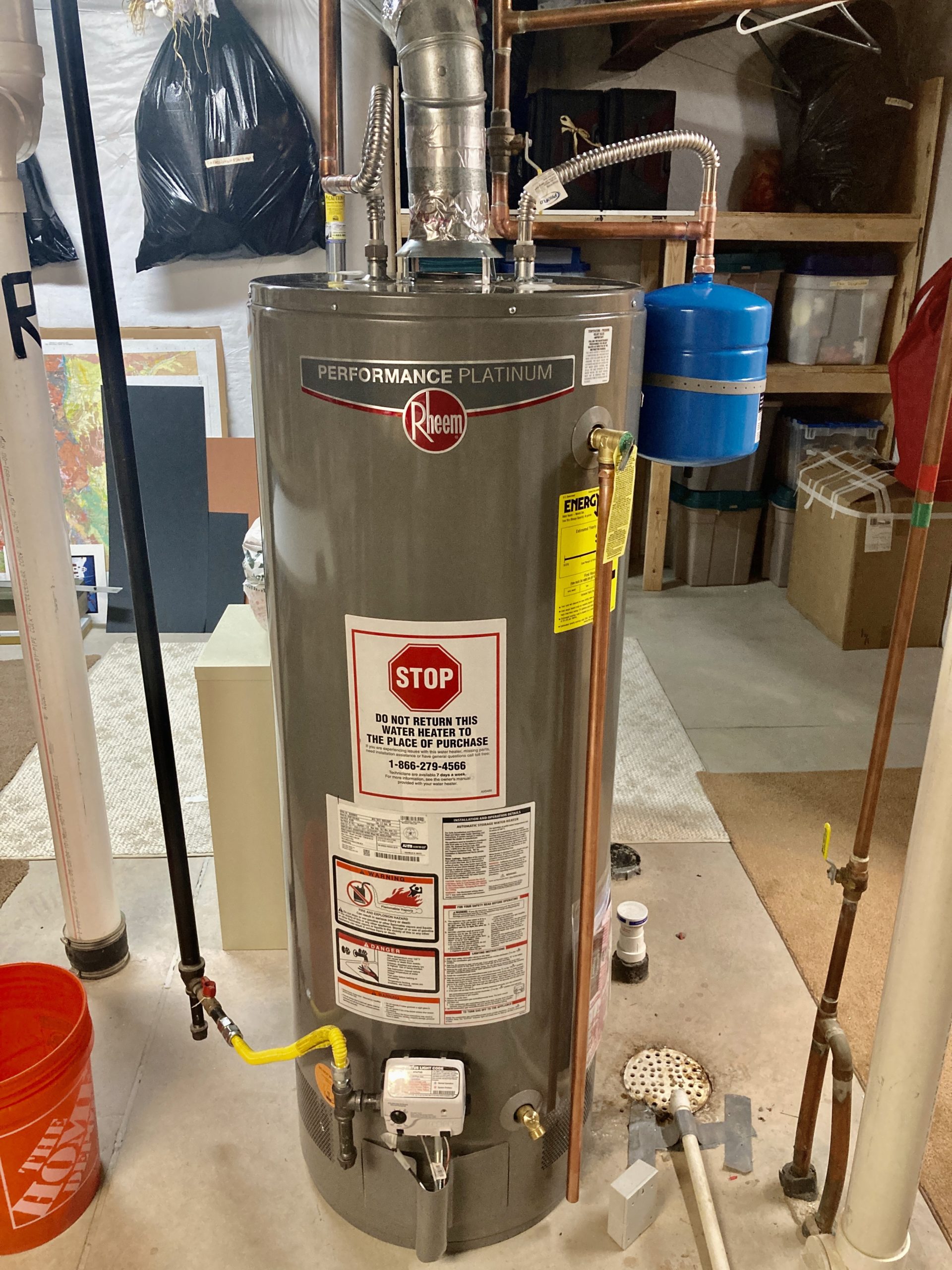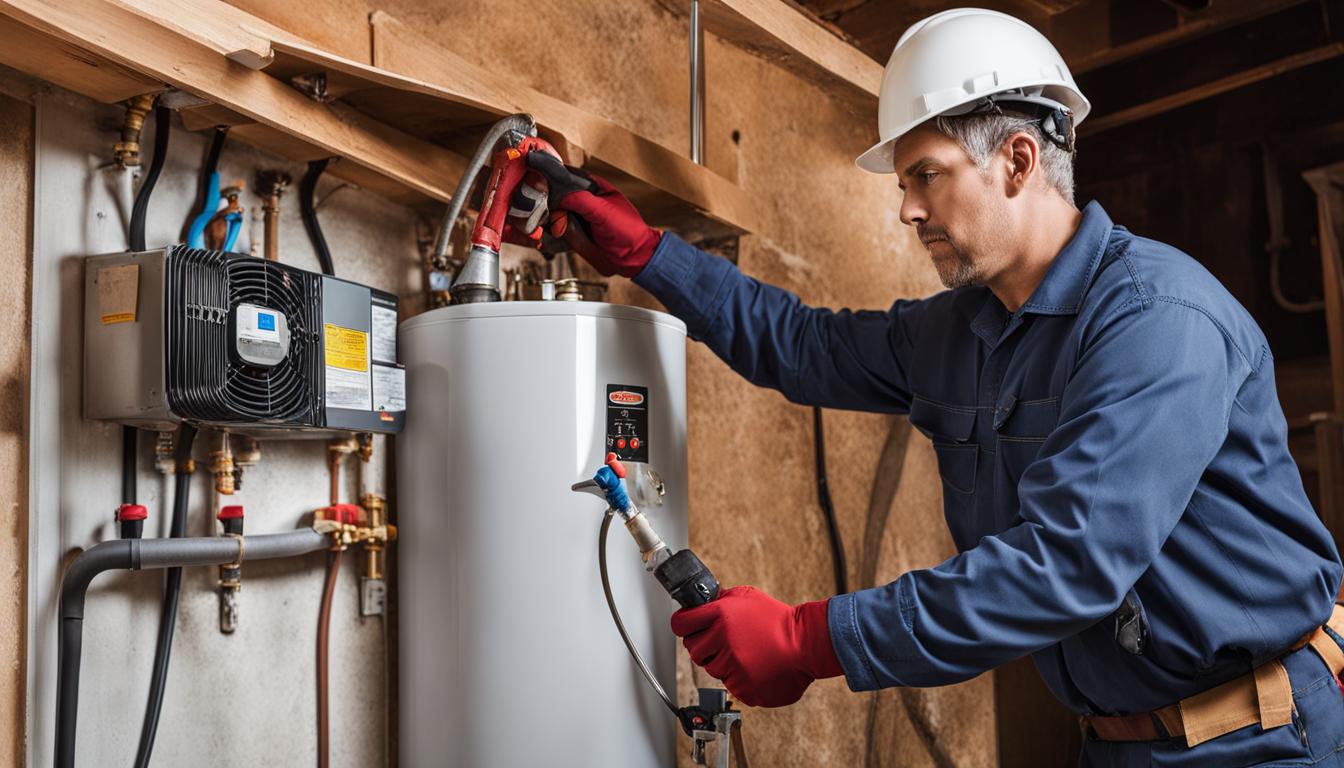Top Ways to Care for Your Home's Hot Water System EffectivelyWhat to Maintain Your Home's Hot Water System Properly
Call TodayWe have encountered this great article on Tips For Maintaining Your Hot Water Heater down the page on the internet and thought it made perfect sense to talk about it with you on my blog.

Warm water is crucial for daily comfort, whether it's for a rejuvenating shower or washing meals. To guarantee your warm water system runs effectively and lasts longer, normal maintenance is essential. This article provides functional ideas and insights on just how to maintain your home's warm water system to prevent disruptions and expensive repairs.
Introduction
Preserving your home's warm water system might seem complicated, but with a few easy steps, you can ensure it runs smoothly for several years to find. This overview covers whatever from recognizing your warm water system to DIY upkeep suggestions and recognizing when to contact professional help.
Relevance of Preserving Your Warm Water System
Regular upkeep not only expands the lifespan of your warm water system but likewise ensures it operates successfully. Neglecting upkeep can result in lowered effectiveness, higher power bills, and even premature failing of the system.
Signs Your Warm Water System Needs Upkeep
Understanding when your warm water system needs attention can stop major issues. Keep an eye out for indications such as irregular water temperature, odd sounds from the heating unit, or rustic water.
Flushing the Hot Water Heater
Purging your water heater gets rid of debris accumulation, improving performance and prolonging its life.
Monitoring and Replacing Anode Rods
Anode rods avoid deterioration inside the tank. Examining and changing them when worn is vital.
Complicated Problems Requiring Professional Aid
Instances include significant leakages, electrical problems, or if your water heater is continually underperforming.
Regular Expert Maintenance Benefits
Specialist maintenance can consist of thorough inspections, tune-ups, and ensuring compliance with safety standards.
Inspecting and Readjusting Temperature Level Setups
Readjusting the temperature level settings ensures optimum efficiency and safety and security.
Do It Yourself Tips for Maintenance
You can carry out several maintenance jobs on your own to keep your hot water system in top condition.
Looking for Leaks
Frequently evaluate pipes and connections for leakages, as these can cause water damage and greater costs.
Comprehending Your Warm Water System
Prior to diving into upkeep tasks, it's helpful to recognize the fundamental parts of your warm water system. Generally, this includes the water heater itself, pipes, anode poles, and temperature controls.
Month-to-month Upkeep Tasks
Normal month-to-month checks can assist catch minor issues before they escalate.
Examining Pressure Relief Valves
Examining the stress relief valve ensures it functions appropriately and protects against too much stress accumulation.
Insulating Pipes
Shielding warm water pipes lowers heat loss and can conserve power.
When to Call an Expert
While do it yourself upkeep is beneficial, some concerns call for expert knowledge.
Conclusion
Regular maintenance of your home's warm water system is crucial for performance, long life, and price financial savings. By adhering to these tips and recognizing when to look for expert aid, you can make sure a dependable supply of warm water without unexpected disturbances.
Water Heater Maintenance Tips
Test the TPR Valve
Shut off the power and the cold-water supply valve. Place a bucket under the pipe connected to the temperature-pressure-release (TPR) valve on the top or side of the tank. (This valve opens if the tank pressure gets too high.) Lift the valve’s tab to let some water out, then let go. If water keeps flowing, drain the tank partway, unscrew the old valve with a pipe wrench, and install a new one. Check the Anode Rod
Put a hose to the tank’s drain cock and let out a few gallons of water. Now fit a 1 1/16-inch socket onto the rod’s hex head on top of the heater (or under its top plate) and unscrew the rod. If it’s less than ½ inch thick or coated with calcium, buy a new one, wrap its threads with Teflon tape, put it back in the tank, and tighten securely. Use this segmented rod if headroom above the tank is limited. Drain the Tank and Wash Out Sediment
Drain the remaining water in the tank into the bucket, then stir up the sediment on the tank’s bottom by briefly opening the cold-water supply valve. Drain and repeat until clean water comes out of the hose. Close the drain cock, refill the tank, and turn its power back on. Adjust the Temperature
Find the temperature dial on the side of the tank and unscrew its cover. Adjust the dial to 120 degrees using a flathead screwdriver. For every 10 degrees the temperature is lowered, you can expect to save up to 5 percent in energy costs. Turn the water heater off or the thermostat down to its lowest setting if you plan to be away from home for more than three days. Insulate the Pipes
Buy some self-sticking 3/8-inch-thick foam pipe insulation that matches the pipes’ diameter. Slide the foam over the hot-and cold-water pipes as far as you can reach. Insulating the cold-water pipe prevents condensation in summer. Peel the tape and squeeze the insulation closed. If the pipe is 6 inches or less from the flue, cover it with 1-inch-thick unfaced fiberglass pipe wrap. https://www.thisoldhouse.com/plumbing/21016402/how-to-maintain-a-water-heater

Do you really like more info about How to Maintain Your Water Heater & Prolong its Life? Give a remark further down. We would be happy to listen to your insights about this posting. In hopes that you visit us again later on. In case you liked our article please don't forget to pass it around. I am grateful for being here. Return soon.
Call Today